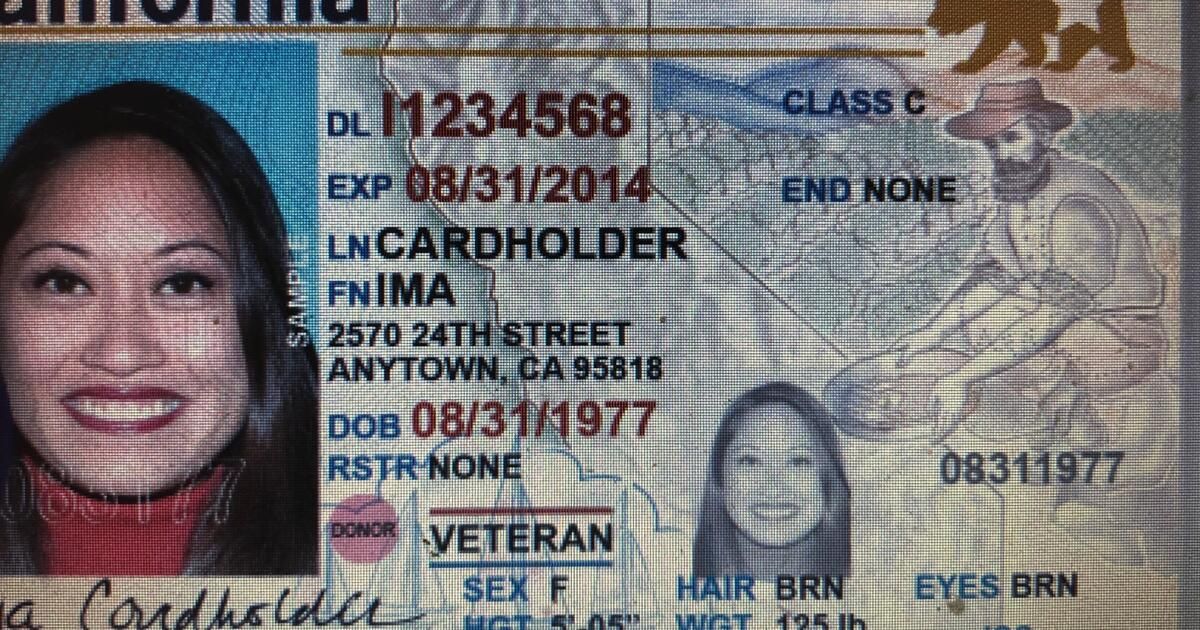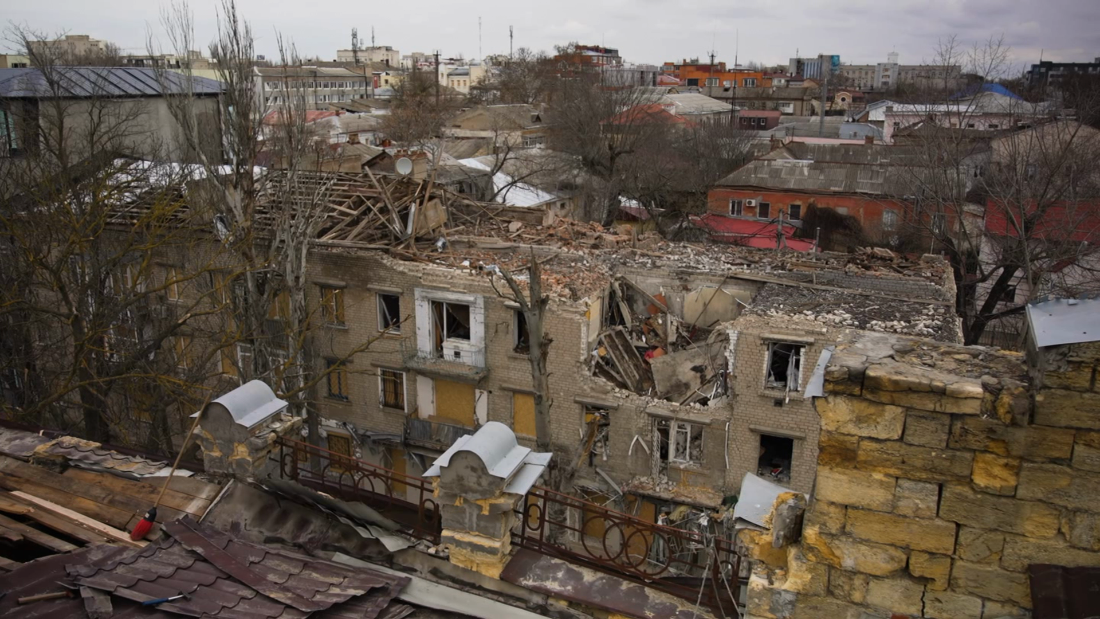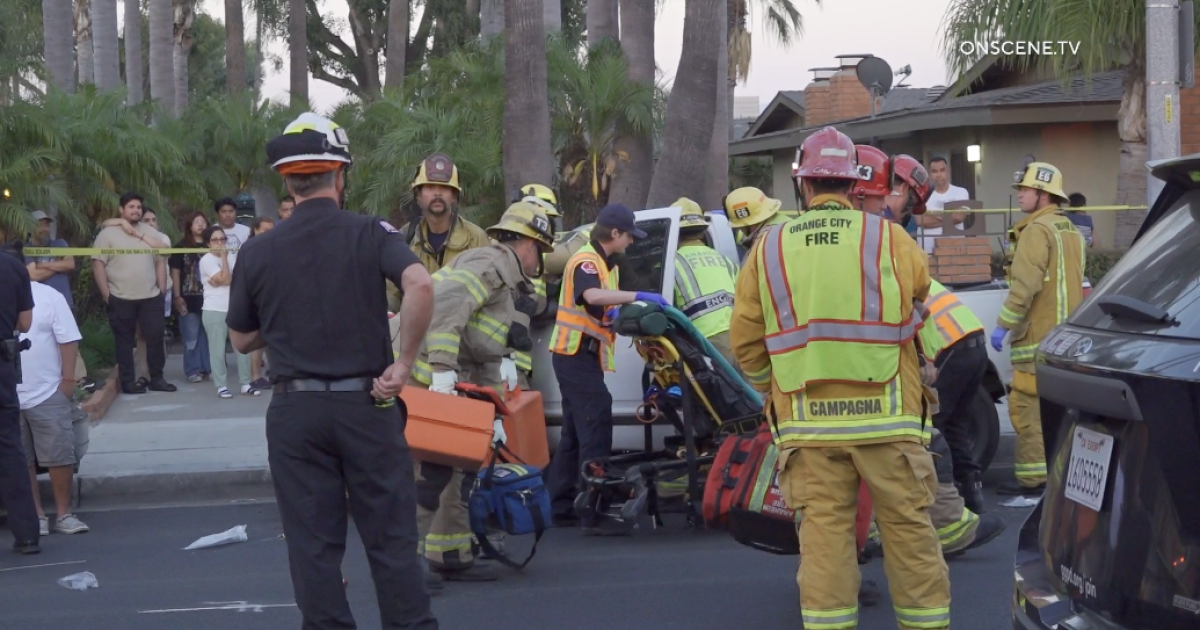Baffled by a handful of deadline delays, Californians now face another deadline to apply for Real ID if they plan to travel domestically next year.
The goal of the Real ID Act, passed by Congress in 2005, is to improve security and minimize fraud following the 9/11 terrorist attacks. Real ID was designed to create a national identification standard because some state driver's licenses were not acceptable for boarding commercial airplanes or crossing borders in other states.
Since the planned 2008 implementation date was originally announced, it has been delayed several times, most recently due to the pandemic and delays at DMV offices.
The current deadline to obtain the DNI is May 7, 2025 and there are no signs of another postponement.
With less than a year to go until the deadline, nearly 17 million Californians (in a state with a population of nearly 40 million) have Real ID, according to recent data from the California Department of Motor Vehicles.
That suggests there are many people who haven't gotten real IDs and might be wondering if they should get them.
Why do I need Real ID?
Starting next year, if you are 18 or older, Real ID will be accepted as a form of identification to board domestic flights and enter secure federal facilities, such as military bases and federal courthouses. Traditional identification cards or driver's licenses offered by the DMV will not be accepted for such uses.
If you arrive at an airport and show Transportation Security Administration personnel a regular California ID or state-issued driver's license, you will not be allowed through security, according to the US Department of Homeland Security. .
The TSA accepts other forms of identification. Check their website for more details.
How do I get a real ID?
To obtain a Real ID, you must apply through your local Department of Motor Vehicles office.
Start the process by visiting the DMV website and review the document checklist to obtain the required proof you will need to prove your identity and residency.
You must provide one of the following to prove your identity:
- Valid US passport or passport card
- Original or certified copy of U.S. birth certificate (issued by a city, county, or state vital statistics office). “Abbreviated” or “abstract” certificates are not accepted.
- Valid permanent resident card
- Foreign passport with valid US visa and approved I-94 form.
- Certificate of naturalization or certificate of US citizenship.
- Certified copy of birth certificate from a US territory
- Valid Employment Authorization Document Card or Valid/Expired EAD Card with Notice of Action
- Valid permanent resident card with notice of action or notice of approval
- Certificate of U.S. birth abroad or consular report of birth abroad of a U.S. citizen
- Valid foreign passport stamped “Processed for I-551”
- Documents that reflect eligibility for the benefit of Temporary Protected Status
Your current full name must match the name on your identification document.
You must provide one of the following to prove your residency:
- Home utility bill or telephone bill
- Records of any state or national bank, state or federal savings association, trust company, industrial loan company, state or federal credit union, or any institution or entity that has issued a credit card.
- Insurance documents, including medical, dental, vision, life, home, rental, or vehicle.
- medical documents
- mortgage bill
- Employment documents
- Tax return (either a religious document from the Internal Revenue Service or the California Franchise Tax Board)
- Rental or lease agreement with the signature of the landlord and tenant
- School documents issued by a public or private primary, secondary or post-secondary institution, college or university that includes the applicant's date of birth.
- Confirmation of address change from the US Postal Service
- Property tax bill or statement
- Residential property deed or title
- Voter registration confirmation letter or postcard issued by the California secretary of state or a local California county election official
- Court documents listing the applicant as a California resident
These documents must have the first and last name, as well as the postal address that will appear on the real identification.
If your name is not on the residency documents, you can use a birth certificate, marriage license, or domestic partnership registration document to prove your relationship to the person on the residency document.
You already have your identity and residence documents, now is the time to apply.
You can complete the Real ID application online, which will take less than 10 minutes.
When you complete your application, you will need to schedule a visit to a DMV office to show your documents and complete the application process.
Before your appointment, please have your supporting documents, application confirmation, and $35 ID fee.












